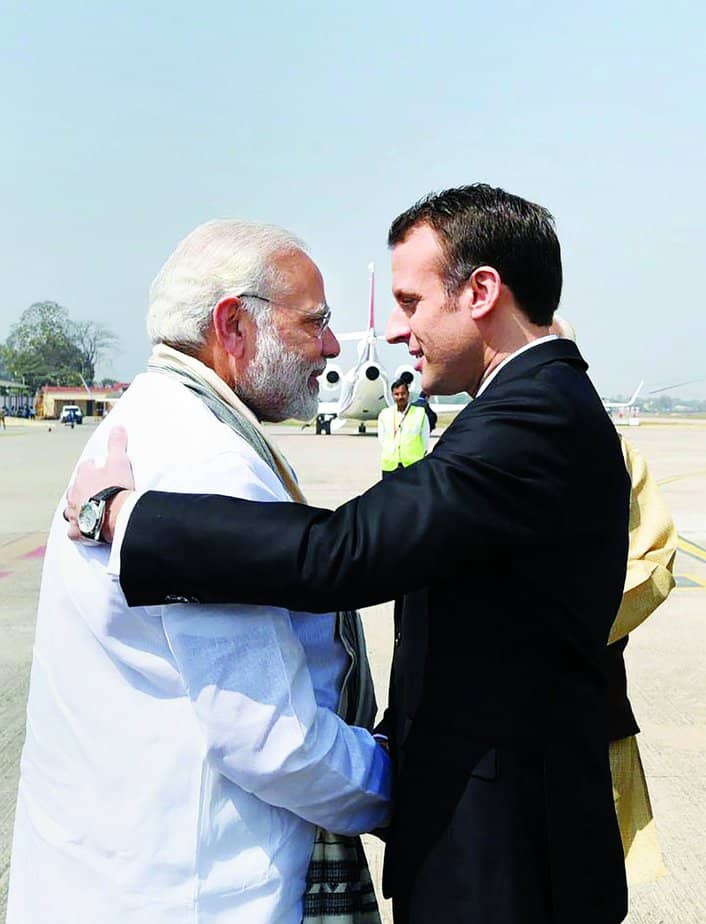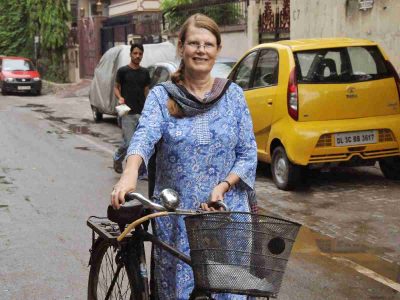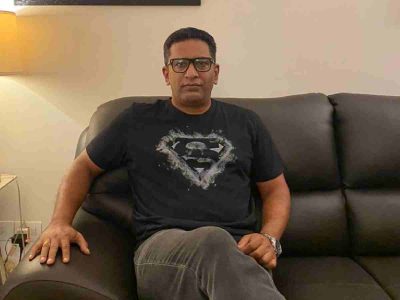Macron’s trip to India led to signing of 14 pacts worth $16 billion in defence, security and nuclear energy based on shared values of democracy, freedom, rule of law and respect for human rights
The historic visit of French President Emmanuel Macron to India to commemorate 20 years of India-France strategic partnership was a great success. France wants to enter into long-term partnership with India under the leadership of Prime Minister Narendra Modi, who received him at the airport with his customary hug. By the way, this year Indian economy is going to surpass that of France.
The impact of this strategic partnership will have global reverberations, particularly in Eurasia and the Indo-Pacific. Marcon wants France to be India’s gateway to Europe. “We want India as our first strategic partner here, and we want to be India’s first strategic partner in Europe, and even in the western world,” he emphasised. The two countries aim to broaden bilateral trade, and initiate active cooperation in security matters.
The two leaders are confident of an unprecedented level of cooperation to ensure peace and stability in the Indian Ocean and the Pacific. The space agencies will join hands in monitoring maritime, not just that, the navies of the two countries will carry out joint exercises, actively coordinate between respective military bases, with a robust mechanism of intelligence sharing. Prime Minister Modi described France as ‘one of India’s most trusted defence partners’ and the pact on reciprocal logistics support between the armed forces a “golden step” in defence cooperation. The two leaders emphasised the importance of the regular joint military exercises.
The two countries have a common enemy, perpetrators of terrorist activities. Macron insisted that India and France have to work together on the issues of terrorism, financing of terror activities and radicalisation on the internet. The Joint Strategic Vision of India-France Cooperation in the Indian Ocean Region ‘will be crucial in order to maintain the safety of international sea lanes for unimpeded commerce and communications in accordance with the international law, for countering maritime terrorism and piracy, for building maritime domain awareness, for capacity building and for greater coordination in regional/international fora in the region,’ according to the India-France joint statement. The Joint Vision Statement on the Indian Ocean Region seems to be an attempt to counter growing presence and influence of China. But, Macron has also made a commitment to support the Belt and Road Initiative along with China.
Macron played an excellent salesperson in India, which is one of the biggest buyers of military hardware in the world. Describing India and France interests as ‘aligned’, Macron stressed that “India had made a sovereign decision in this respect (the Rafale fighter deal) and we are monitoring the progress in the field. We very much want to continue the programme. It is a long-term contract which is mutually beneficial. I personally consider it as the heart of the strategic partnership.”
The 2016 government-to-government deal is to buy 36 Rafale fighter jets at a cost of Rs 58,000-crore. The deal has been under attack by the opposition led by the Congress party, which describes it as “insurmountable loss” of taxpayers’ money as the cost of each aircraft is three times more than what the previous UPA had negotiated with France in 2012. The opposition accuses the government of unfairly bestowing benefits to the Anil Ambani’s Reliance Defence Ltd by making it the French firm’s Indian partner.
Thanks to this deal, and other initiatives in the field of defence, some experts are of the view, that France would be soon a new Russia as far as defence cooperation is concerned. Mig-21 aircraft deal with France in 1961 was significant as Mig-21s formed the backbone of India Air Force for decades. Despite perceptible change in focus, with new strategic partners in the making, particularly the US, Israel and now France, Russia still remains a prime arms exporter, accounting for 68 per cent of India’s arms imports between 2012 and 2016. But this is likely to change in the years to come, as Russia, lately, has reached out to Pakistan. Whereas France has refrained from making any sales pitch to Pakistan in order to build strong defence ties with India.
The initiative of India and France to bring 61 countries into the fold of the International Solar Alliance (ISA) appears to be revolutionary. It has the potential to challenge fossil-fuel energy resources based geopolitical power structures by partnering with countries primarily in the tropical region with abundant sunshine. ISA has committed to ensure cheaper solar energy and increase avenues for financing, with special focus on the less developed countries. It’s ironical that countries blessed with excellent solar energy source are also amongst the most energy-poor. While $1 trillion is required to meet ISA goals by 2030, India and France have made a substantial contribution to the cause by committing $1.4 billion and $1.3 billion, respectively.
The two leaders, Modi and Macron, were happy with the strong surge of tourist exchange between the two countries. Macron, 40, accompanied by his wife, Brigitte, 64, took time off from their busy schedule to make a ‘romantic’ visit to Taj Mahal in Agra. “The Mughals and Islam have a share in it, but it is also bears witness to universality that makes India and continues to do so. Thank you for this lesson of beauty, love and universality,” Macron wrote in French in the visitor’s book at Taj Mahal. Highlighting India’s influence o literary life in France, Macron said, “During 18th and 19th century many French writers had travelled to India and found a lot of inspiration and tried to translate a lot of works from Sanskrit to French.”





